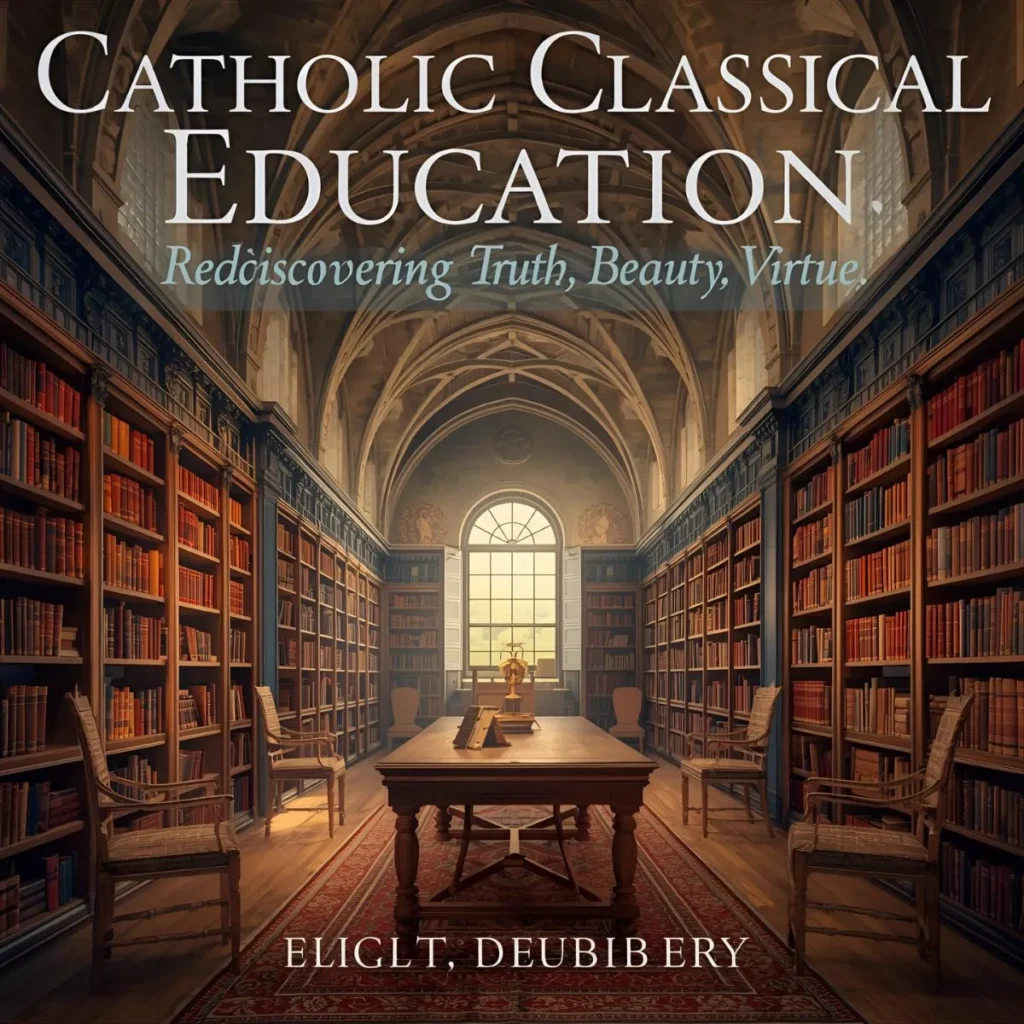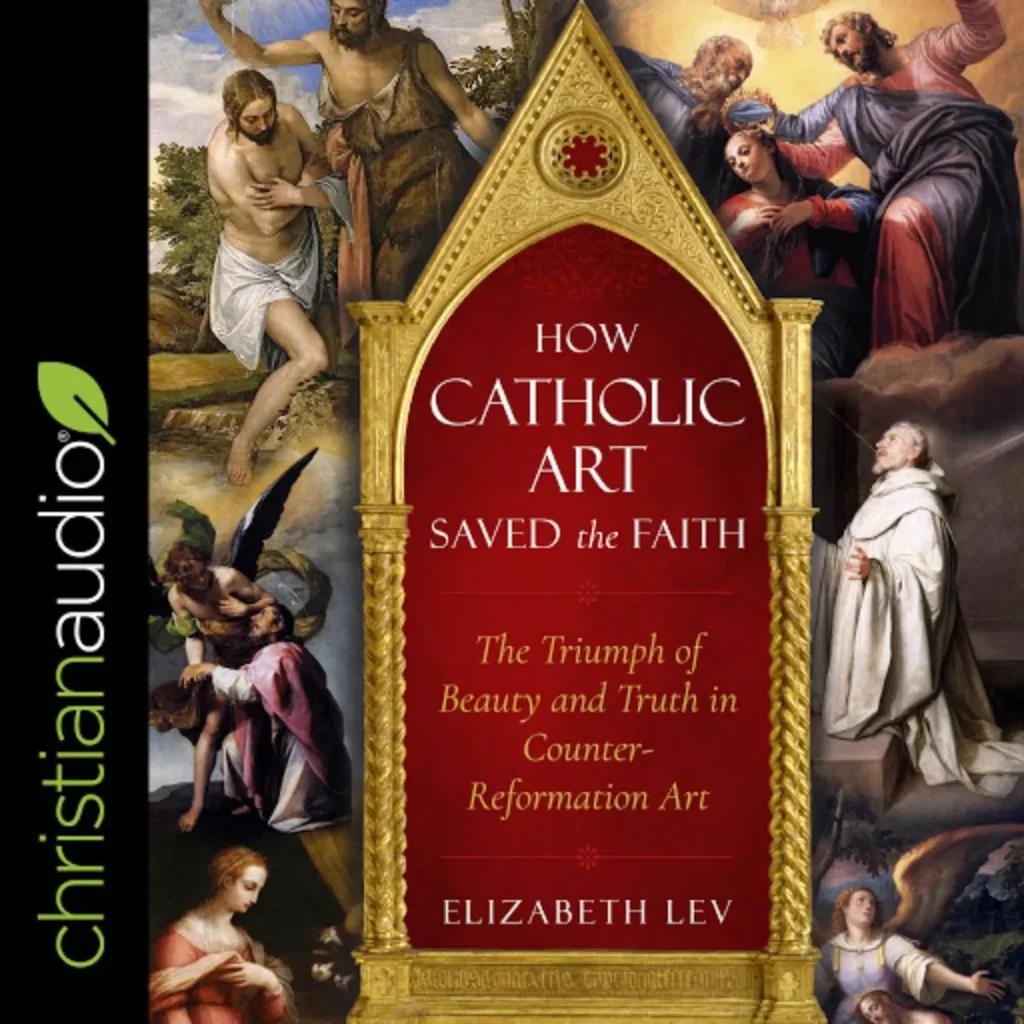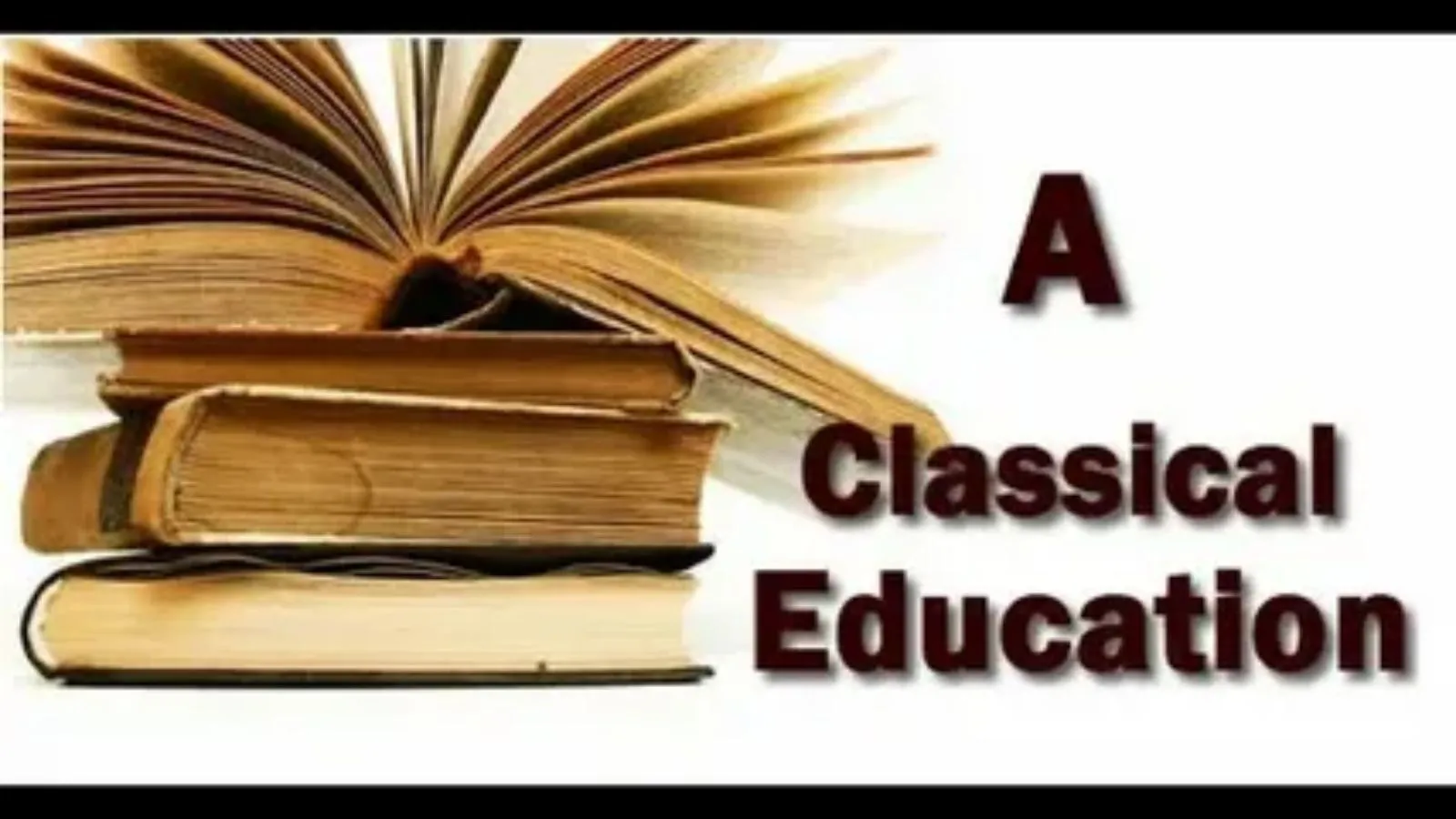Many parents today are searching for the best way to give their children a meaningful and moral education. When they come across the term “Catholic Classical Education,” they often wonder what it means, how it differs from modern schooling, and why it’s gaining attention again. This phrase represents a growing movement that blends faith, wisdom, and classical learning methods.
People search for this keyword because they seek an education system rooted in truth, beauty, and goodness—something deeper than test scores and digital lessons. It clears the confusion between standard Catholic schools and those that follow the classical model inspired by ancient Greece, Rome, and medieval Christian traditions. By exploring this topic, parents and educators can better understand how Catholic Classical Education shapes both the mind and the soul.
What Is a Catholic Classical Liberal Arts Academy?

With roots in long-standing educational traditions, a Catholic Classical Liberal Arts Academy is a faith-based organisation. It helps students grow intellectually, morally, and spiritually by fusing Catholic theology with the liberal arts. The curriculum leads students through language, logic, rhetoric, mathematics, and music with an emphasis on the Trivium and Quadrivium. Students study philosophy, sacred scripture, and the Great Books in great detail. The academic experience is interwoven with daily prayer, liturgy, and virtue formation. Teachers promote a respectful and inquisitive atmosphere by modelling Christian behaviour. Students at this academy are prepared for a life of purpose, leadership, and holiness in addition to college. In a secular age, it serves as a haven for kindness, truth, and beauty.
Catholic Classical Education: Rediscovering Truth, Beauty, and Virtue

Catholic classical education is experiencing a powerful revival among educators, parents, and faith-based institutions seeking a deeper, more meaningful approach to learning. Rooted in centuries of tradition, this educational model blends timeless wisdom with spiritual formation—offering students not just knowledge, but the tools to live virtuously and think critically.
Catholic Classical Education – Quick Answer
Catholic Classical Education is a learning approach that combines the Catholic faith with the classical model of education. It focuses on the Trivium (Grammar, Logic, Rhetoric) and Quadrivium (Math, Geometry, Music, Astronomy)—time-tested methods that form moral character and critical thinking.
For example:
- Grammar stage: children learn facts and language.
- Logic stage: they learn reasoning.
- Rhetoric stage: they learn to express truth beautifully.
In short, it’s about forming souls, not just filling minds.
The Origin of Catholic Classical Education
The term “classical education” comes from ancient Greece and Rome, where learning aimed to form virtuous citizens. Over time, Catholic scholars like St. Augustine and St. Thomas Aquinas integrated this method with Christian theology.
The word “classical” refers to the study of enduring works—like Latin, philosophy, and literature—that shaped Western thought. Catholic educators adopted this model to preserve faith and reason together.
While the term itself may vary slightly across regions, the essence remains: wisdom rooted in faith.
British English vs American English Spelling
Though spelling variations rarely affect this term, some differences exist in educational terminology around it.
For instance:
| Concept | British English | American English |
|---|---|---|
| Programme | Programme | Program |
| Honour | Honour | Honor |
| Centre | Centre | Center |
| Classical Studies | Classical Studies | Classical Studies |
| Catholic Education | Catholic Education | Catholic Education |
In both dialects, “Catholic Classical Education” stays the same, but writing style may differ slightly. American texts often simplify spellings, while British English retains traditional ones.
Which Spelling Should You Use?
Your spelling should match your audience location:
- Use American English if your readers are in the United States.
- Use British English for the UK, Canada, Australia, or Commonwealth nations.
- For international websites, prefer the simpler American style for broader accessibility.
Ultimately, the core message of faith and wisdom remains constant regardless of regional spelling.
Common Mistakes with Catholic Classical Education
Here are frequent errors people make:
| Mistake | Correction |
|---|---|
| “Catholic Classic Education” | “Catholic Classical Education” |
| “Classic Catholic Education” | “Catholic Classical Education” |
| Confusing with “Traditional Catholic School” | Different concept; classical model uses ancient learning structure |
| Thinking it’s only Latin study | It’s more holistic—faith, logic, and beauty combined |
Avoiding these mistakes ensures clarity in both writing and understanding.
Catholic Classical Education in Everyday Examples
This term appears widely in different contexts:
- Emails: “We’re enrolling our child in a Catholic Classical Education program this fall.”
- News: “More schools are adopting the Catholic Classical Education model to restore moral teaching.”
- Social Media: “Parents love how Catholic Classical Education revives timeless learning!”
- Formal Writing: “Catholic Classical Education integrates faith and reason within a rigorous academic framework.”
In every setting, the phrase conveys depth, faith, and intellectual tradition.
Catholic Classical Education – Google Trends & Usage Data
Search data shows that interest in Catholic Classical Education has risen steadily, especially in the United States, Canada, and Australia.
People search for it when exploring Catholic homeschooling, faith-based schools, or curriculum alternatives.
In Google Trends, the highest search activity appears in Texas, Virginia, and Florida, reflecting areas where Catholic schools thrive.
| Region | Search Popularity | Context |
|---|---|---|
| USA | High | School programs, homeschooling |
| Canada | Medium | Faith-based education |
| UK | Moderate | Academic curiosity |
| Australia | Medium | Private school reforms |
| Philippines | Growing | Religious education |
This global rise shows a renewed desire for faith-centered classical learning.
FAQs about Catholic Classical Education
1. What makes Catholic Classical Education different from modern schooling?
It integrates faith, virtue, and classical wisdom instead of focusing only on standardized tests.
2. Is Latin required in Catholic Classical schools?
Most programs include Latin, as it trains logical thinking and connects students to Church heritage.
3. Who can benefit from this education model?
Any student—Catholic or not—who values truth, morality, and deep learning.
4. Is Catholic Classical Education the same as homeschooling?
Not always. Some schools follow this method, while others adapt it for home use.
5. Does it include modern subjects like science or technology?
Yes, but taught through a lens of moral reasoning and natural order.
6. Are there online Catholic Classical Education programs?
Yes, many online academies and homeschool networks offer virtual courses.
7. What age group is it best for?
It suits all ages—from primary (grammar) through high school (rhetoric).
Conclusion
Catholic classical education provides a timeless means of fostering virtue and intelligence in the rapidly evolving world of today. It combines the moral fortitude of Catholicism with the knowledge of ancient learning. This paradigm develops brains that are able to reason profoundly, think clearly, and live honestly, whether it is taught in households or schools.By blending logic, literature, philosophy, and theology, it revives the art of true education. As more parents and educators rediscover its power, Catholic Classical Education continues to shine as a guiding light for future generations.


Leave a Reply